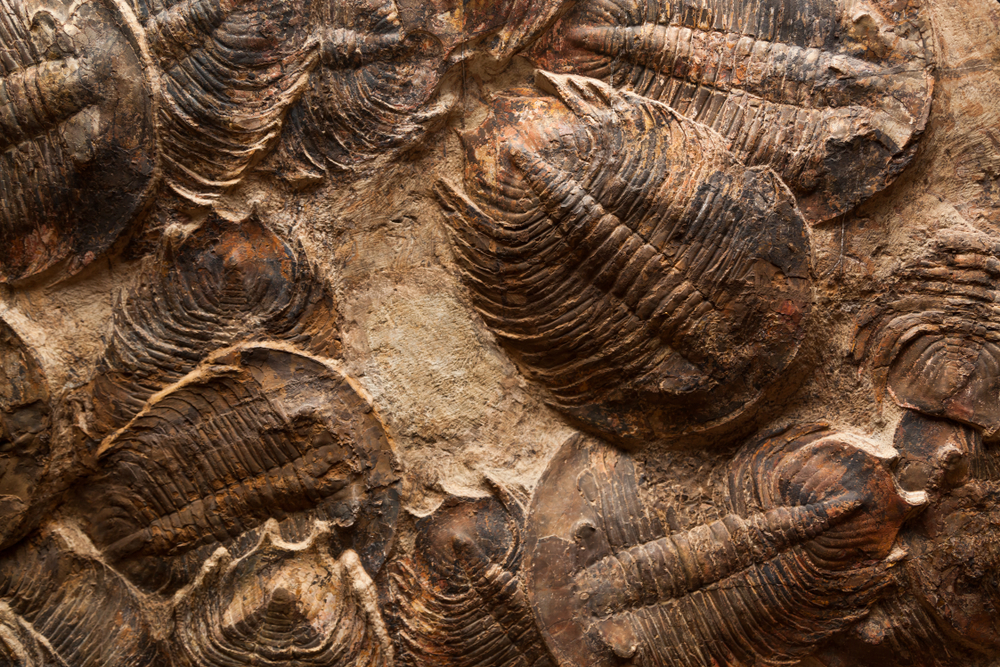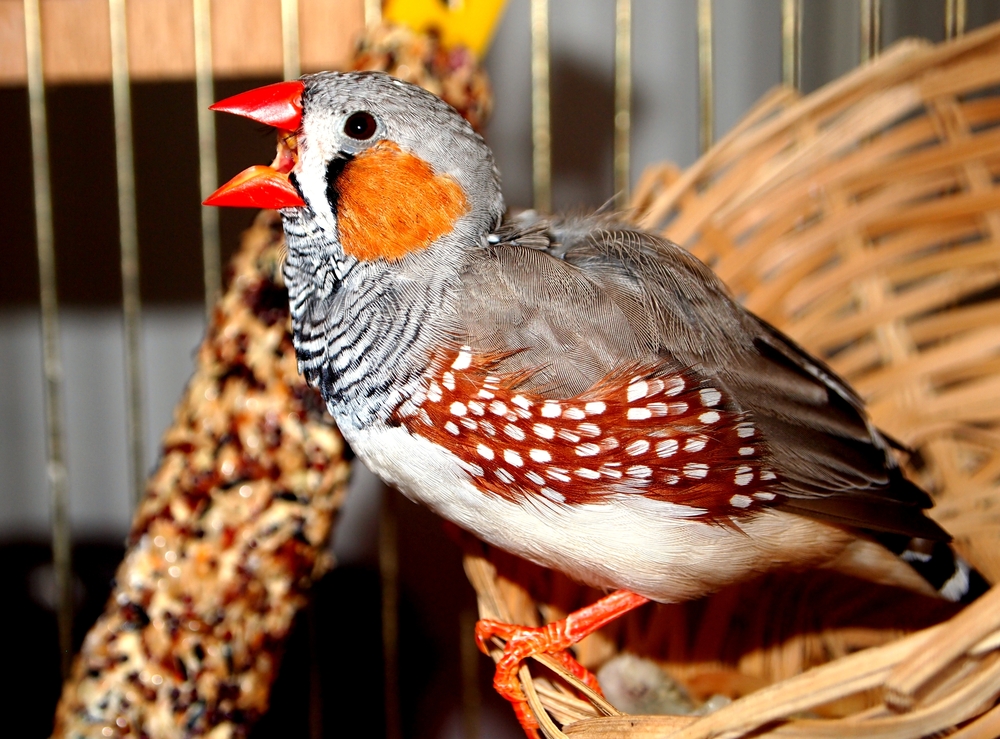Now Reading: Warm Waters Spurred Survival of Species After Earth’s Great Dying
-
01
Warm Waters Spurred Survival of Species After Earth’s Great Dying
Warm Waters Spurred Survival of Species After Earth’s Great Dying

Quick Summary
- earths largest mass extinction occurred 252 million years ago during the end-Permian era,wiping out approximately 80% of marine species.
- A study in Science Advances suggests that warm,oxygen-depleted waters allowed select marine species to survive and spread globally after the extinction.
- these survivors transformed marine biodiversity from highly diverse communities to similar,”boringly alike” populations across oceans.
- Researchers supported this explanation through geochemical evidence and modeling with modern relatives of end-Permian creatures such as mollusks (clams, oysters, snails).
- The model highlights that water temperature and low oxygen levels played key roles in shaping post-extinction recovery patterns.
- Alongside understanding past extinctions, this model provides insights into how future environmental changes due to human activity could result in homogenization of modern marine biodiversity.
Indian Opinion Analysis
India, as a maritime nation with extensive coastal ecosystems and strong dependence on fisheries for livelihoods, can find significant lessons in this research. The study underscores how climate shifts-like rising ocean temperatures and declining oxygen levels-can profoundly affect marine biodiversity. With anthropogenic climate change threatening similar conditions in modern oceans, india must prioritize sustainable practices and bolster scientific research into managing risks to its expansive coastal habitats.
The findings also highlight the resilience of specific taxa under adverse environments; investing more into understanding local species’ adaptive capabilities could strengthen conservation strategies. Given India’s ongoing efforts toward protecting ecological diversity alongside pursuing blue economy initiatives, balancing growth while mitigating environmental stress might be critical to avoiding potential homogenization akin to past mass extinctions.



























